Digital Classroom
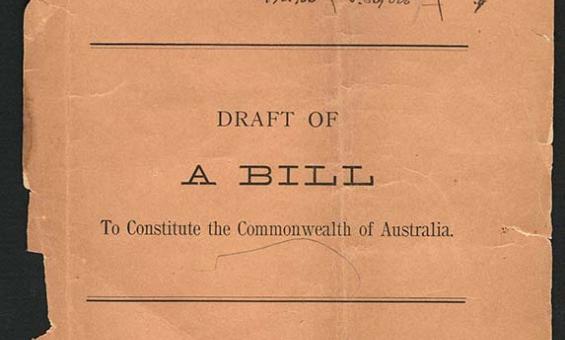
Sir Edmund Barton, Papers of Sir Edmund Barton, 1827-1940, nla.gov.au/nla.obj-225140407
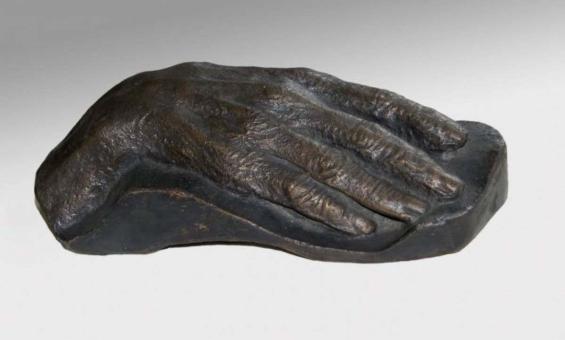
Nelson Illingworth, Cast of Henry Lawson's hand, ca. 1922 [realia], nla.gov.au/nla.obj-139632985

From Macpherson, Christina Rutherford. & McCall McCowan, Joan, Papers relating to the song "Waltzing Matilda", nla.gov.au/nla.obj-224075208 nla.gov.au/nla.obj-224076484

Sir Edmund Barton, Papers of Sir Edmund Barton, 1827-1940, nla.gov.au/nla.obj-225140407

Albert Medal presented to Aya-I-Ga, also known as Neighbour, for gallantry, 1911 [realia], 1912, nla.gov.au/nla.obj-139608611
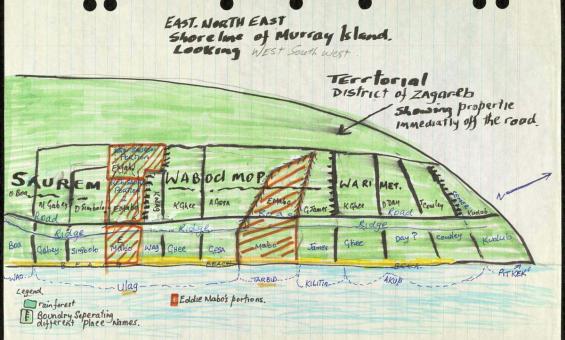
Bryan Keon-Cohen, Greg McIntyre, Queensland Supreme Court and Australia High Court, Papers of Bryan Keon-Cohen [manuscript] : the Mabo case, 1981-2000, 1981, nla.gov.au/nla.obj-224077217

Olympic gold medal won by Miss Fanny Durack at Stockholm, 1912, nla.gov.au/nla.obj-139311257
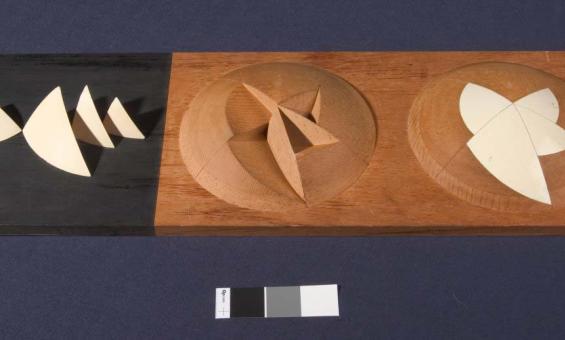
Jørn Utzon, [Architects model for the geometry of the Sydney Opera House shells] [realia], nla.gov.au/nla.obj-139591596

New South Wales weather almanac for ... : a general handbook for the year, 1894, nla.gov.au/nla.obj-406743496
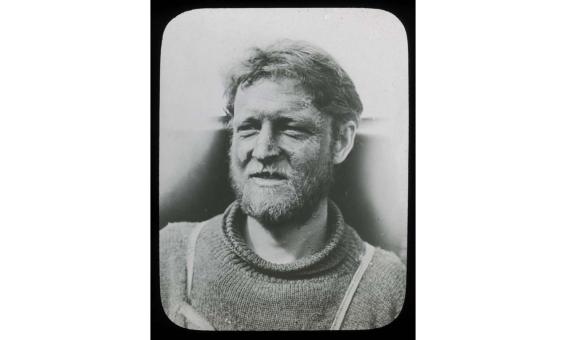
Frank Hurley, Madigan's frostbitten face, Adelie Land [Australasian Antarctic Expedition, 1911-1914], nla.gov.au/nla.obj-145067660
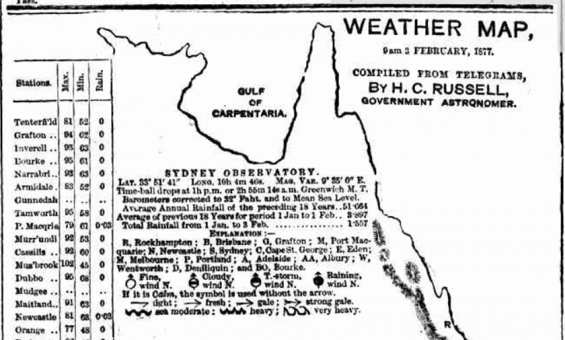
WEATHER MAP, 9 am 3 FEBRUARY, 1877. (1877, February 5). The Sydney Morning Herald (NSW : 1842 - 1954), p. 6. nla.gov.au/nla.news-article13389140
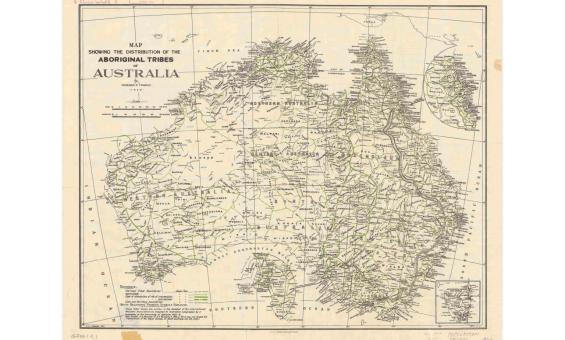
Norman B Tindale, Map showing the distribution of the Aboriginal tribes of Australia, 1940, nla.gov.au/nla.obj-230054338